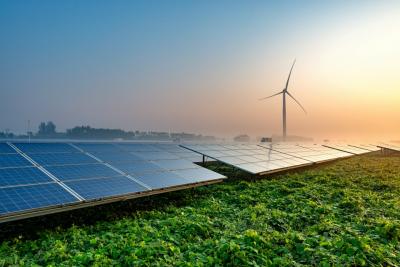Metal fabrication is essential to the green energy industry’s production of solar panels, natural gas lines, and wind turbines. How can we make the metalworking industry more environmentally friendly?
sheet metal fabrication, fabrication metal, metal fabricator, eco friendly, eco friendly products, sustainable, sustainability, sustainablity, sustainabilty, sustanability, sustainibility, welding, vacuum soldering, solder vacuum, soldering vacuum, friction welding, friction stir welding, linear friction welding, friction welder, diffusion welding, green technology, green technologies, green technolgy, metalworking, metal fabricationIf you’re familiar with the metal fabrication industry, you know that it’s a world steeped in tradition, forging fires, and the clanging of metal on metal. There are sparks and smoke, and sometimes risks from fumes or open flame.
No matter how you slice it, the creation of metal can be a messy business.
But now, it doesn’t have to be. With the invention of new technologies that help with the “greening” of the metal fabrication industry—along with a worldwide shift towards sustainable products and production—welding is moving more towards becoming what’s known as a “green collar job.”
It’s a pursuit that’s considered to be more ecologically friendly than ever before, plus it’s a trade with a bright future for those thinking about a career in welding.
Combine that with the fact that the green movement can actually save metal fabricators money in the long run, and there’s little reason not to embrace a sustainable initiative.
This is no small thing for an industry that’s been around for centuries.
Green-Collar Jobs
There are actually two ways for a job to be green: either it can produce eco-friendly products, or it can use manufacturing that’s environmentally sustainable, even if the final product itself can’t be considered green.
The Bureau of Labor Statistics explains that the former is referred to as the output approach—which “identifies establishments that produce green goods and services and counts the associated jobs”— and the latter is the process approach—which “identifies establishments that use environmentally friendly production processes and practices and counts the associated jobs”.
The process approach can be used in any industry, which makes it much easier to implement. Yet when it comes to metal fabrication, companies can have the best of both worlds.
A welding business can use the process approach if it incorporates environmentally friendly welding techniques, which could include vacuum soldering, friction welding, and diffusive welding. These may be cutting-edge techniques now, but in the future they could become more commonplace.
Still, you’re more likely to find metal fabrication companies utilizing the output approach: as the world moves towards more eco-friendly initiatives, there’s going to be more demand for metal that can help support green technology. We’ll touch on that more in the next section.
It’s also beneficial for metal fabrication companies to consider switching to green initiatives (e.g. change the process approach). There are numerous government agencies looking to provide support through assistance programs to help move more fabrication and manufacturers towards eco-friendly production.
For example, Fabricating & Metalworking mentions the Green Suppliers Network, established by the U.S. Environmental Protection Agency along with the U.S. Department of Commerce, which has a mission “to help small and medium-sized manufacturers stay competitive and profitable while reducing their impact on the environment.”
| Continue to full article | Dec 14, 2016 |

